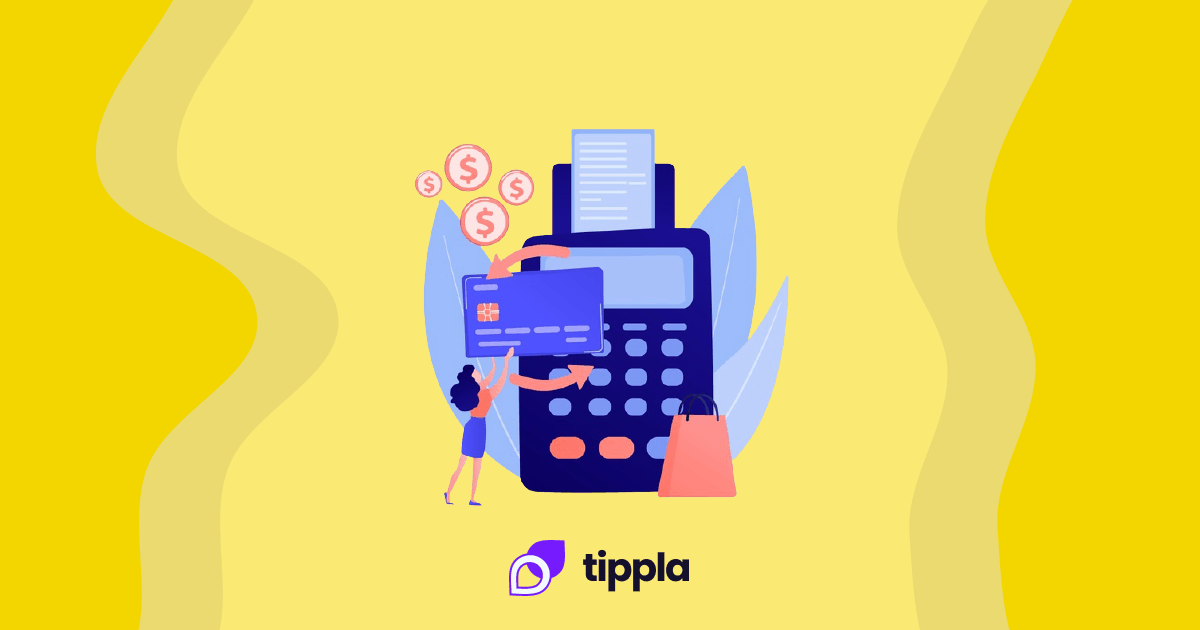Published in July 28, 2021
How to close a bank account?

Although closing a bank account is generally a simple process, it’s important to understand how and why it gets done.
There could be many reasons as to why you’d want to close your bank account. It could be due to a move, changing banks, or simply wanting a different account. Worst-case scenario, you maybe don’t like your bank anymore.
Closing bank accounts is simple. However, if you have any recurring payments such as bills or mortgage payments, change those to your new account before closing your current one. The same also applies to direct deposit.
After changing your payments over to your new account, you can then either withdraw your remaining balance or transfer it electronically. To close your account, you will either have to call your bank or visit your local branch and finalise the closure. You will most likely have to sign closing forms to make it official.
If you haven’t transferred your funds over before closing your account, don’t panic! Your bank will probably send you a cheque or transfer the funds for you.
Closing a bank account checklist
When closing a bank account, it’s best to follow the following steps. Those steps can guarantee you won’t miss payments or cause delays.
– Open a new account. This ensures you have somewhere safe to move your funds to.
– Transfer funds to your new account. Once your funds are transferred over, it’s best to close your current account to avoid any low balance fees.
– Switch recurring payments. Change your bank details for any payments you have to your new account.
– Confirm your funds and pending payments have cleared.
– Change direct deposit to your new account.
– Inform your old bank. Make sure you inform your old bank of the closure as you’ll need to sign forms.
– Sign closure forms.
– Maintain documentation. Make sure you get confirmation of your account’s closure.
Inactive or overdrawn bank accounts
With some checking or savings account, if you don’t use them for a while, the bank may consider the account inactive. Therefore, if that happens to you, you’ll have to reactivate your account before officially closing it with the bank. To close your account, you will have to visit your branch in person.
Additionally, if your account has a negative balance, you won’t be able to close it. If this is the case, you’ll have to transfer funds over to that account to pay off overdrawn debt, then you can easily close it.
How to close a bank account of a deceased person
In the unfortunate event that a person passes away, loved ones may have the rights/ ownership of the funds. Sometimes, the money is transferred to a listed beneficiary automatically. However, if there is no beneficiary, the funds will have to go through probate depending on the deceased’s will.
If there is no will, the deceased’s loved ones may be able to contact the bank to receive access to the account. Otherwise, rather than closing the account, loved ones could be listed as owners of the account and may keep it active.
Payment-on-death beneficiary
If the deceased created a payment-on-death designation, then there will be listed beneficiaries on the account. When the account holder passes away, the funds will automatically transfer to the beneficiaries listed.
If you plan on claiming funds from a deceased’s person’s account, proof of death will need to be provided and signing an affidavit to prove your rights to the funds.
When there is no will
If the account’s owner didn’t have a will, then the loved ones may dispute the matter in court. The courts appointed administer will then distribute the funds with assets to the loved ones.
How to close a bank account you had as a kid
Many parents open savings accounts for their children to teach them how money works from a young age. The parent will remain a joint owner of the account, giving them access to making deposits or simply monitoring transactions.
When reaching a certain age, some young adults will want their account. To close an account that you co-owned with a parent, you will need to go to the bank in person with your parent to close the account.
How to close a joint bank account
Similar to the process above, to close a conjoint account, both owners will need to physically go to a bank and complete the closure.
However, if one of the partners refuses to cooperate, you could consult an attorney and dispute the matter in court.
While we at Tippla will always do our best to provide you with the information you need to financially thrive, it’s important to note that we’re not debt counsellors, nor do we provide financial advice. Be sure to speak to your financial services professional before making any decisions.
Related articles

Which is best: Business loan or personal loan?
09/07/2024
What is best for my business: Should I get...

Credit Scores for Small Business Owners in Australia
20/09/2023
If you’re a small business owner, you probably know...

Should I get a debt consolidation loan?
07/09/2021
Debt consolidation loans bundle your overall debt to help...

Why Is Your Credit Score Important? A Quick Overview
18/07/2023
Whilst your credit score is only a number, it...
Subscribe to our newsletter
Stay up to date with Tippla's financial blog